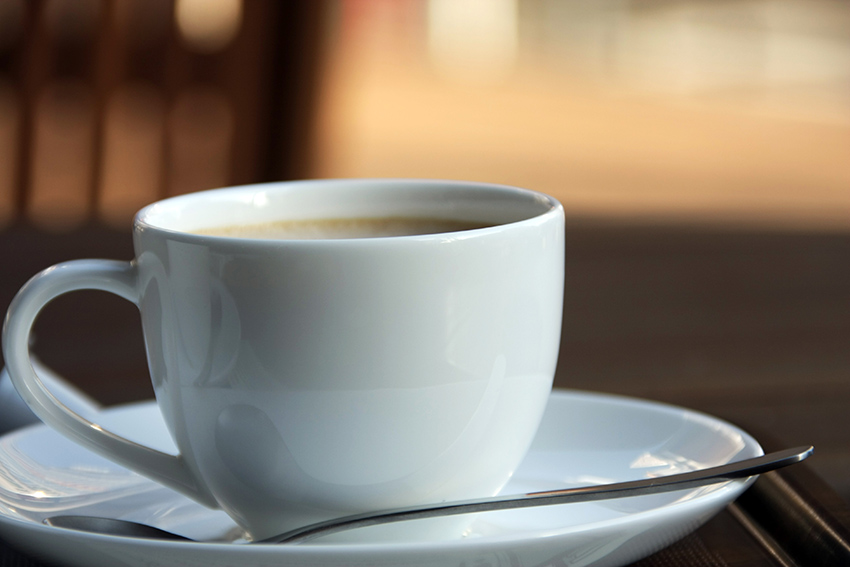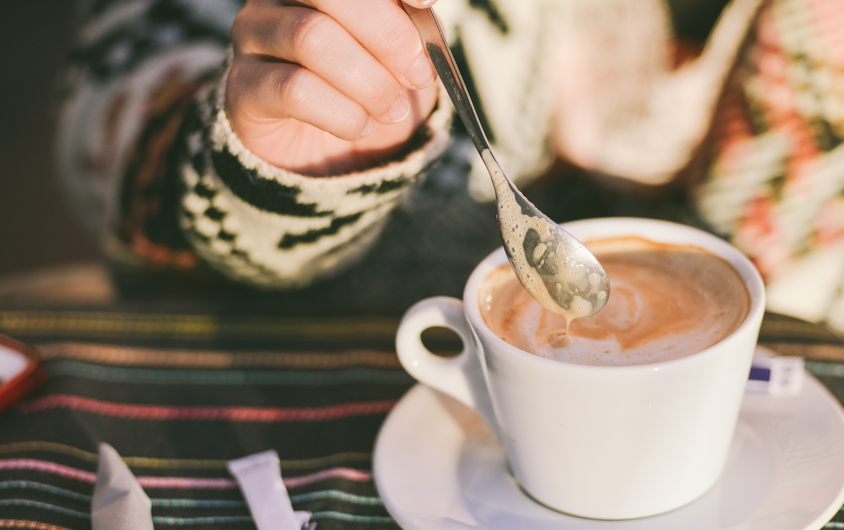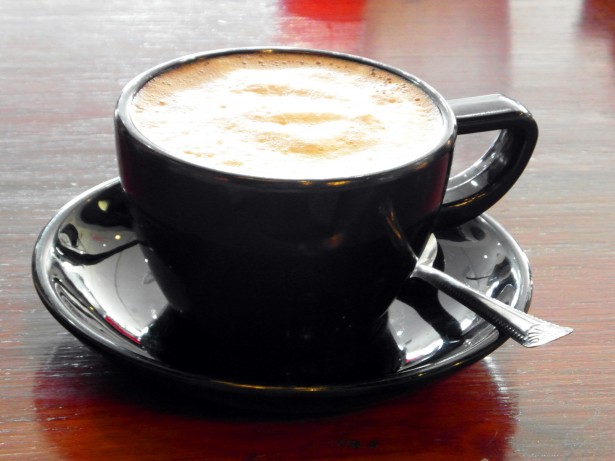What’s in Your Coffee Cup?

You’ve probably noticed that a significant portion of the coffee sold at your local supermarket is labeled “100% Arabica,” but you may not have given it much thought. After all, you’re far more likely paying attention to the brand name, the origin of the beans, whether it’s whole bean or ground, if it’s decaf or regular, and maybe even the picture on the label. Why would you pay any mind to the style of coffee in the bag if you didn’t need to?
But that isn’t the case for die-hard coffee enthusiasts, and budding coffee lovers everywhere. If this is you, then you definitely want to know more about your beans when you’re buying them. So what exactly is Arabica coffee, and what makes it preferable to its cousin, Robusta?
A Tale of Two Beans
There are many species of coffee bean, but the two main species that are cultivated for widespread enjoyment are called Arabica and Robusta.
Arabica is almost universally regarded as the superior of the two. It features double the sugar content of Robusta, and 60% more lipids – the oils that give coffee its rich flavor. It also has half the caffeine of Robusta. That might sound like a bad thing, as caffeine is one of the perks of being a coffee drinker, but caffeine isn’t actually all that tasty.
Robusta beans have a flavor that is often described as astringent or rubbery. Robusta plants are relatively low-maintenance, and they produce a generous yield during the growing season. Robusta is also highly resistant to pests. Apparently, its high caffeine content makes bugs say, “None for me, thanks.”

Why Use Robusta?
So if Arabica is the better bean, why do coffee producers use Robusta at all? Generally speaking, it tends to be a matter of price. On the futures market, for example, Arabica is typically much more expensive that Robusta, so some coffee producers use Robusta beans as filler to stretch their supply of costlier Arabica coffee.
Robusta is also used to make instant coffee. Instant coffee drinkers tend to be the most cost-conscious group of coffee lovers, so low prices are a primary goal among producers.
But just because Robusta is less expensive doesn’t mean it has no place in gourmet coffee circles, where things like organic and shade-grown coffee are frequently the stuff of conversations. Italian espresso roasters often include high-end Robusta in their espresso blends, where it is valued for its thick, rich crema (that’s the foam on top of the espresso).
Interestingly, coffee drinkers in some parts of the world actually prefer the flavor of Robusta beans. Imported Vietnamese Robusta is quite popular in China.

And don’t be surprised if high-grade Robusta makes inroads in the specialty coffee market. They may be few and far between, but Robusta does have its admirers among the coffee cognoscenti.
Enjoy Your Coffee!
We hope you’ve enjoyed learning more about your favorite morning pick-me-up. And whether you prefer the nuanced flavor of boutique Arabica or the bracing caffeine jolt of a strong serving of instant coffee, we hope your next cup is just the way you like it.
[Photos Via: Wikimedia Commons; Pexels; Public Domain Pictures]
